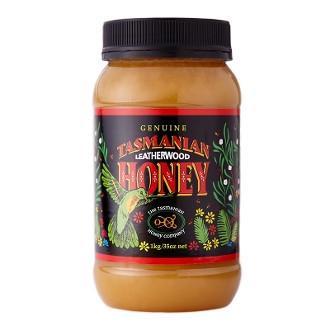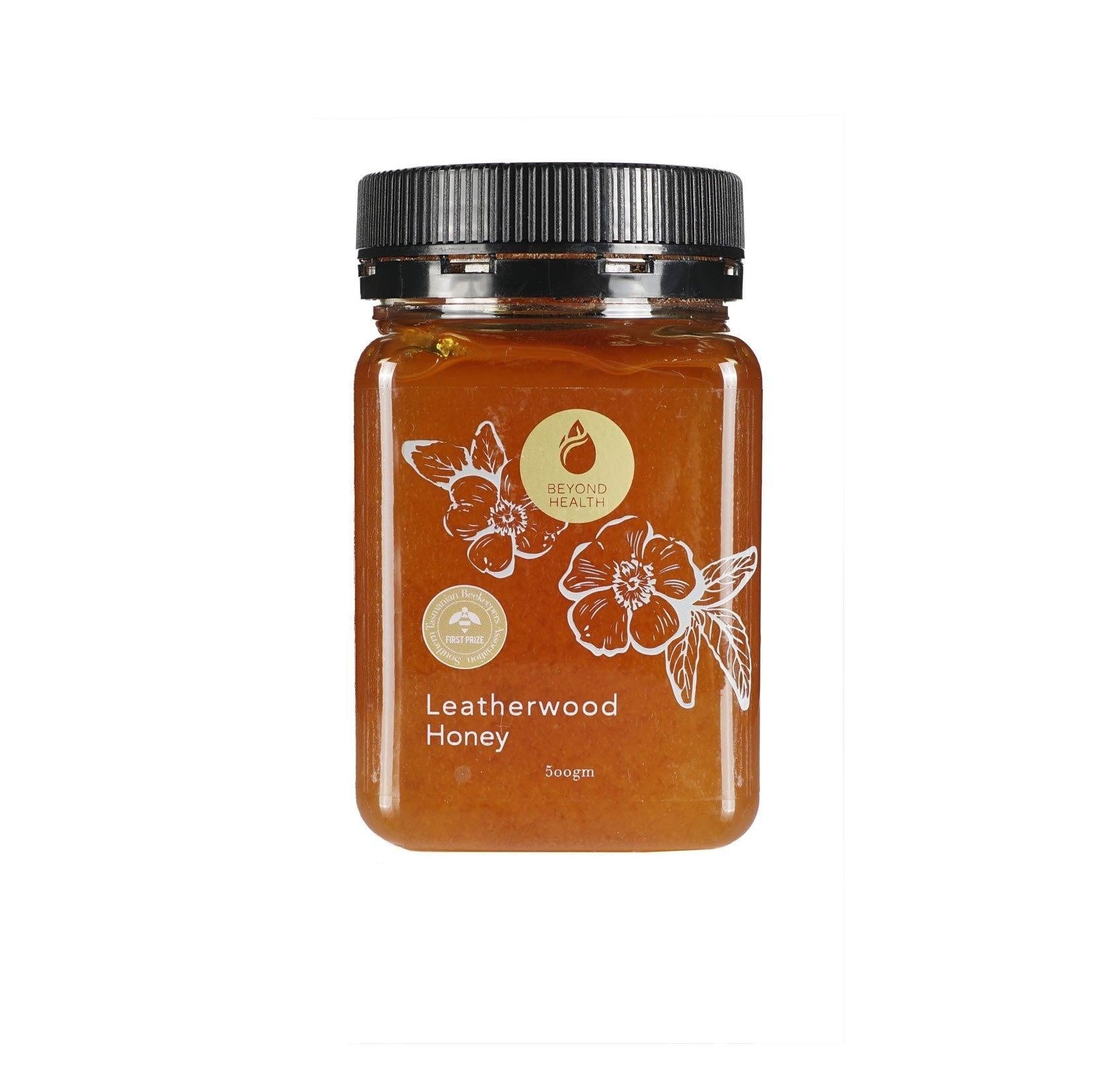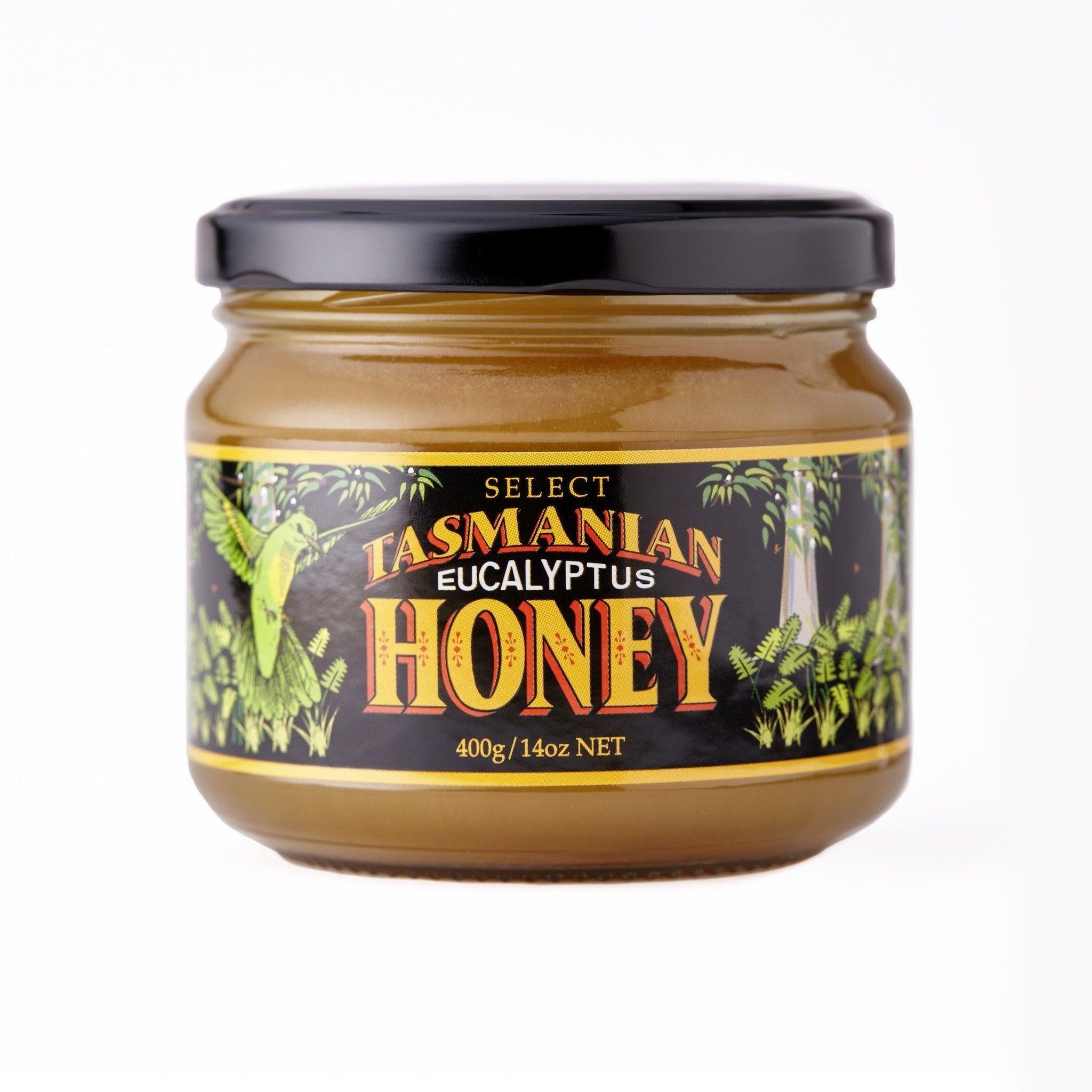Your shopping bag is empty
Manuka Tree: An Overview
- Posted by: Enquiry Admin
- Comments: 0
- Categories: YES Blog
- Tags:
- manuka tree
Manuka tree (Leptospermum scoparium) is an evergreen shrub or small tree. This tree is native to New Zealand and southeastern Australia. It is a member of the myrtle family (Myrtaceae), which includes other well-known species like eucalyptus, guava, and cloves. Manuka tree is a very important plant in New Zealand. This is not only for its beauty but also for its medicinal properties.
Appearance and Habitat of the Manuka Tree
The manuka tree is a small to medium-sized tree that can reach up to 10 meters in height. It has a rough, papery bark. This bark peels off in strips, revealing a smooth, reddish-brown bark underneath. The leaves are small and narrow, with a pointed tip, and are usually between 1 and 2 centimeters long. The flowers are small, white, and pink. Also, the flowers grow in large numbers during the summer months.
Manuka tree grows throughout New Zealand. However, you can more commonly find them in coastal regions, lowland forests, and subalpine areas. In fact, it is a hardy plant that can grow in a variety of soil types. However, it prefers well-drained soils and plenty of sunlight.
Traditional Uses
Indigenous Māori people of New Zealand use the manuka trees for centuries for its medicinal properties. They used the leaves and bark to make a tea that was used to treat a range of ailments. Such ailments include colds, fevers, and stomach problems. The bark was also a good source to make a poultice that was applied to wounds to help them heal.
In addition to its medicinal uses, manuka tree was also used by the Māori for a variety of other purposes. The wood was a good material to make tools and weapons. In addition, the leaves and bark are common raw materials to make dyes for clothing.
Medicinal Properties of Manuka
The medicinal properties of manuka tree are largely due to the presence of a compound called methylglyoxal (MGO). There is a high concentrations in the nectar of the flowers. MGO is a powerful antibacterial agent that can help to fight a range of harmful bacteria, including the bacteria that cause infections like staph and strep.
Manuka honey is from the collection of nectar by bees when they visit the manuka tree. Indeed, it is a popular natural remedy that many locals use to treat a range of health conditions. It is particularly effective at treating wounds and infections. Importantly, it is more effective than other types of honey at killing bacteria.
Manuka oil comes from the leaves and twigs of the manuka tree during extraction. Locals widely use it in traditional medicine as it has very good antibacterial and antifungal properties. Common applications include for skin conditions like acne, eczema, and fungal infections.
Cultivation and Harvesting
Manuka tree is a relatively easy plant to grow, and it grows from seed or from cuttings. It prefers dry soils and plenty of sunlight. Indeed, it grows pretty well in a variety of climates. However, it is important to note that the plant is susceptible to a range of pests and diseases. Therefore, it is important to keep an eye on it and treat any problems as soon as they arise.
The harvesting of manuka honey is a highly regulated process in New Zealand. When honey producers sell manuka honey, they have to meet certain standards. Beekeepers first retrieve manuka honey from the hives after the bees the nectar from the flowers of the manuka tree. Thereafter, the honey is then processed and sold as a natural remedy for a range of health conditions.
Conclusion
Manuka tree is a highly versatile plant. For centuries the indigenous people of New Zealand use it for its medicinal properties. Because the plant survives easily in a range of climiates, it is an ideal plant for home gardens and commercial plantations. Its leaves, bark, honey, and oil all have unique healing properties that make it a popular natural remedy for a range of health conditions. With its antibacterial and antifungal properties, manuka tree continues to be an important plant for both traditional medicine and modern healthcare.


























LEAVE A REPLY
Your email address will not be published. Required fields are marked *